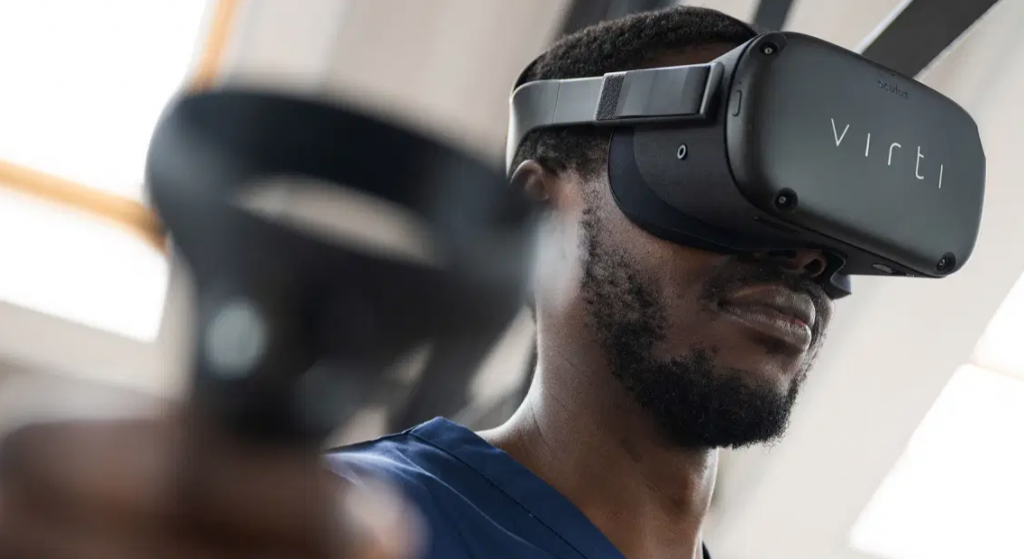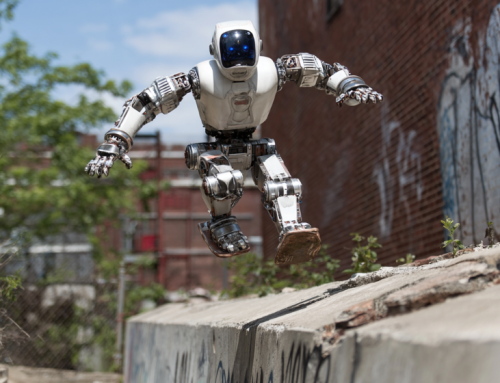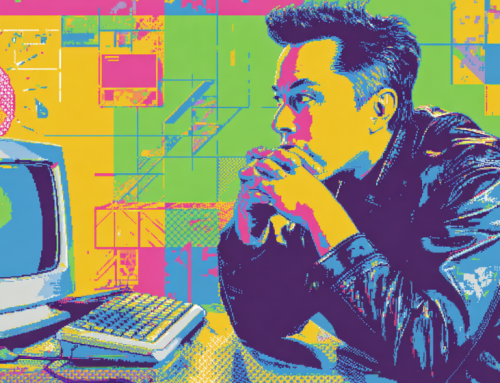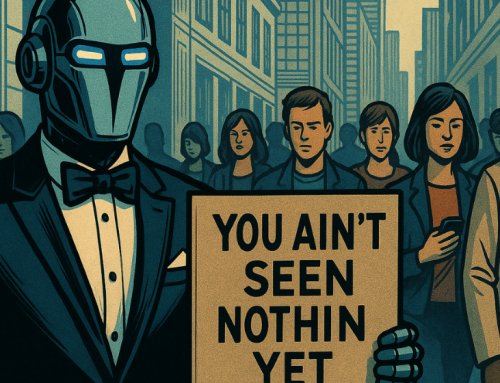
With Virti, Doctors Get Virtual Patient that Minimizes COVID Risk
We start the first day of March with a pair of stories that will make you feel good. Or at least should give you good feelings about the medical world and its use of AI to improve itself.
In the first story, we find a surgeon who is using AI to keep his surgical skills sharp and train other surgeons as well. The site artificialintelligence-news.com has both of our stories today. In the past few months, huge improvements have been possible due to AI.
A former NHS surgeon has created an AI-powered “virtual patient” which helps to keep skills sharp during a time when most in-person training is on hold.
Dr. Alex Young is a trained orthopedic and trauma surgeon who founded Virti and set out to use emerging technologies to provide immersive training for both new healthcare professionals and experienced ones looking to hone their skills.
COVID-19 has put most in-person training on hold to minimize transmission risks. Hospitals and universities across the U.K. and U.S. are now using the virtual patient as a replacement—including the fantastic local medics and surgeons at the Bristol NHS Foundation Trust.
The virtual patient uses Natural Language Processing (NLP) and “narrative branching” to allow medics to roleplay lifelike clinical scenarios. Medics and trainees can interact with the virtual patient using their tablet, desktop, or even VR/AR headsets for a more immersive experience.
Dr. Alex Young comments:
“We’ve been working with healthcare organizations for several years, but the pandemic has created really specific challenges that technology is helping to solve. It’s no longer safe or practicable to have 30 medics in a room with an actor, honing their clinical soft-skills. With our virtual patient technology, we’ve created an extremely realistic and repeatable experience that can provide feedback in real time. This means clinicians and students can continue to learn valuable skills.
Right now, communication with patients can be very difficult. There’s a lot of PPE involved and patients are often on their own. Having healthcare staff who are skilled in handling these situations can therefore make a huge difference to that patient’s experience.”
The Virti is having an impact on treating COVID-19 in England, as well.
Some of the supported scenarios include: breaking bad news, comforting a patient in distress, and communicating effectively whilst their faces are obscured by PPE. Virti’s technology was also used at the peak of the pandemic to train NHS staff in key skills required on the front line, such as how to safely use PPE, how to navigate an unfamiliar intensive care ward, how to engage with patients and their families, and how to use a ventilator.
Virti’s groundbreaking technology has been named one of TIME’s best inventions of 2020.
Alex Young, CEO of VIRTI
Nurses Gain from AI that Predicts Overnight Vitals
Let’s face it, Covid is wearing everyone out after a year of restrictions, 500,000 deaths, and collateral damage to the economy. We all are looking for some relief from the stress and strain.
A team from Feinstein Institutes for Research thinks AI could be key to helping patients get more rest while reducing the burden on healthcare staff. A story on artificial-news.com outlines the problem and the AI medical solution.
“Rest is a critical element to a patient’s care, and it has been well-documented that disrupted sleep is a common complaint that could delay discharge and recovery,” said Theodoros Zanos, Assistant Professor at Feinstein Institutes’ Institute of Bioelectronic Medicine.
When a patient finally sleeps, the last thing they want is to be woken up to have their vitals checked.
In a paper published in Nature Partner Journals, the researchers detailed how they developed a deep-learning predictive tool that predicts a patient’s stability overnight. This prevents multiple unnecessary checks from being carried out. Around 20-35 percent of a nurse’s time is spent keeping records of patients’ vitals; 10 percent of their work time. On average, a nurse has to collect a patient’s vitals every four to five hours.
Vital sign measurements from 2.13 million patient visits at Northwell Health hospitals in New York between 2012 and 2019 were used to train the AI. Data included heart rate, systolic blood pressure, body temperature, respiratory rate, and age. A total of 24.3 million vital signs were used.
When tested, the AI misdiagnosed just two of 10,000 patients in overnight stays. The researchers noted how nurses on their usual rounds would be able to account for the two misdiagnosed cases.
You can read both of Ryan Daw’s articles at the link below and try to relax a little. Things are getting better every day and AI is having a lot to do with that.
read more at artificialintelligence-news.com







Leave A Comment